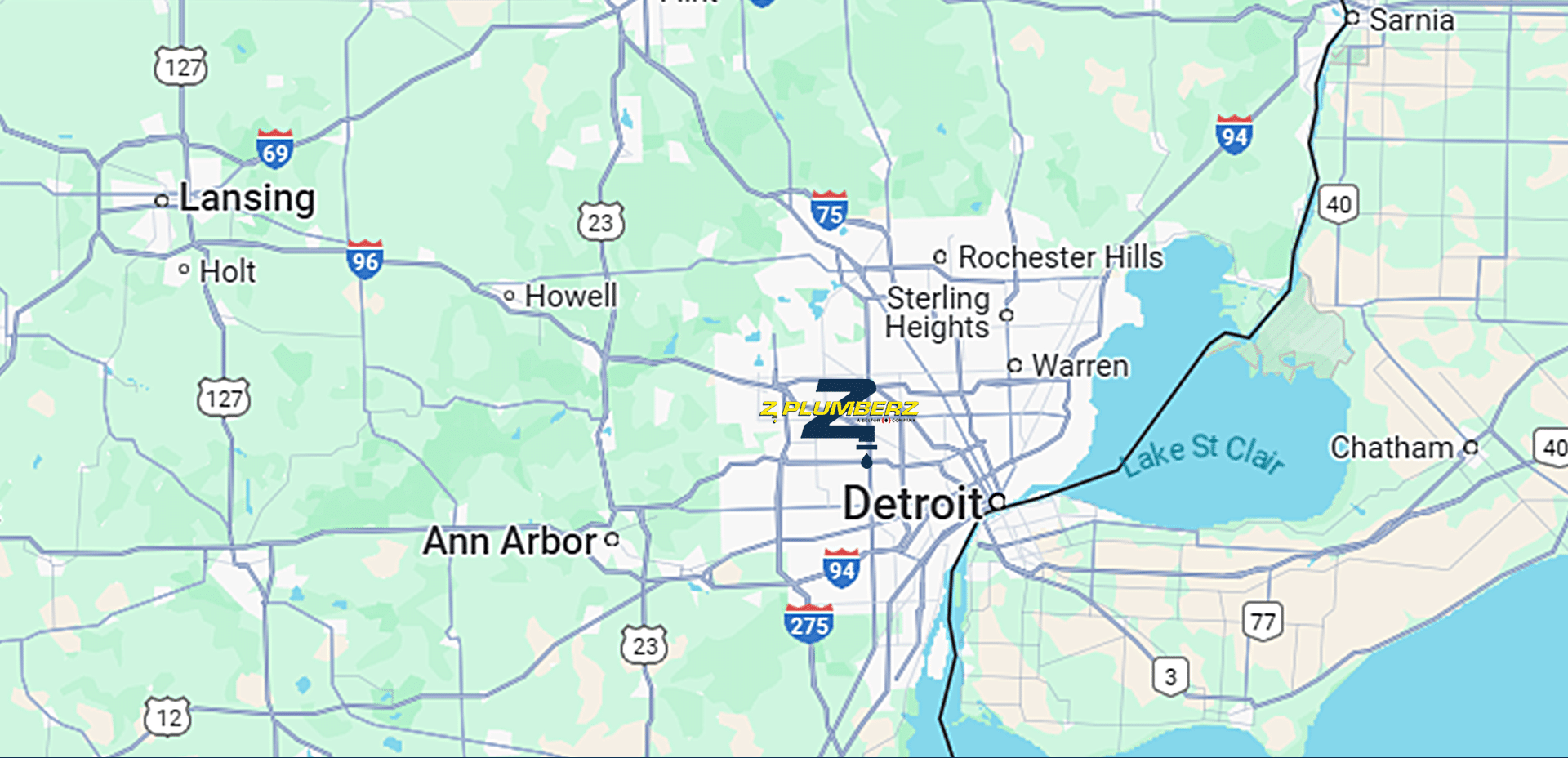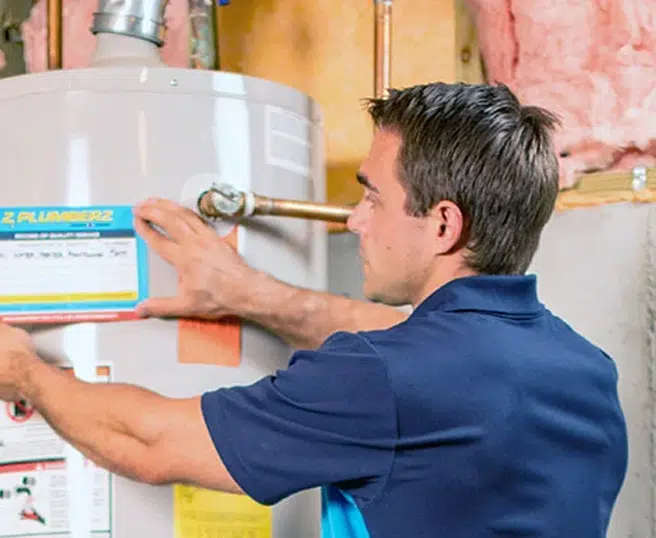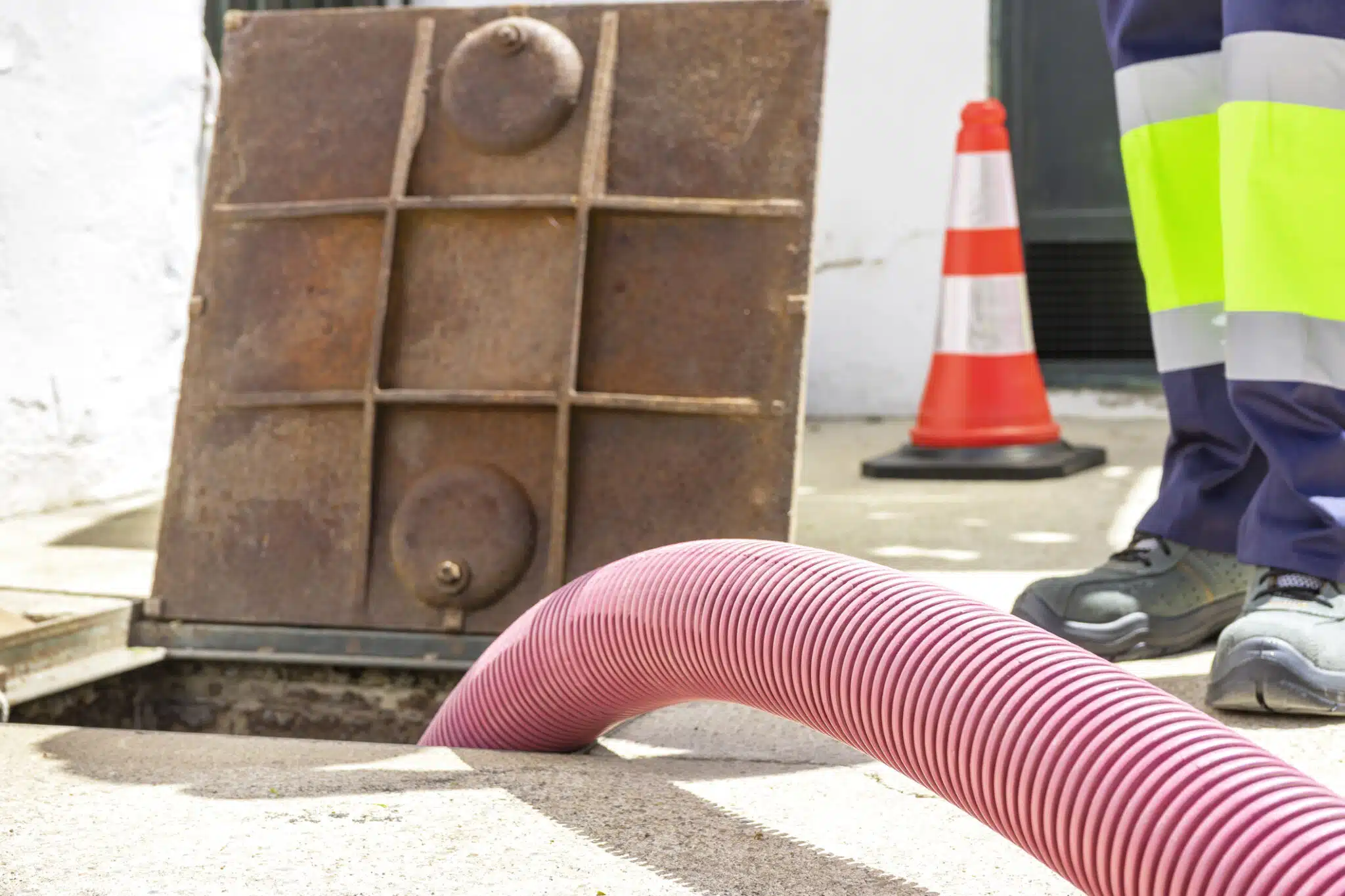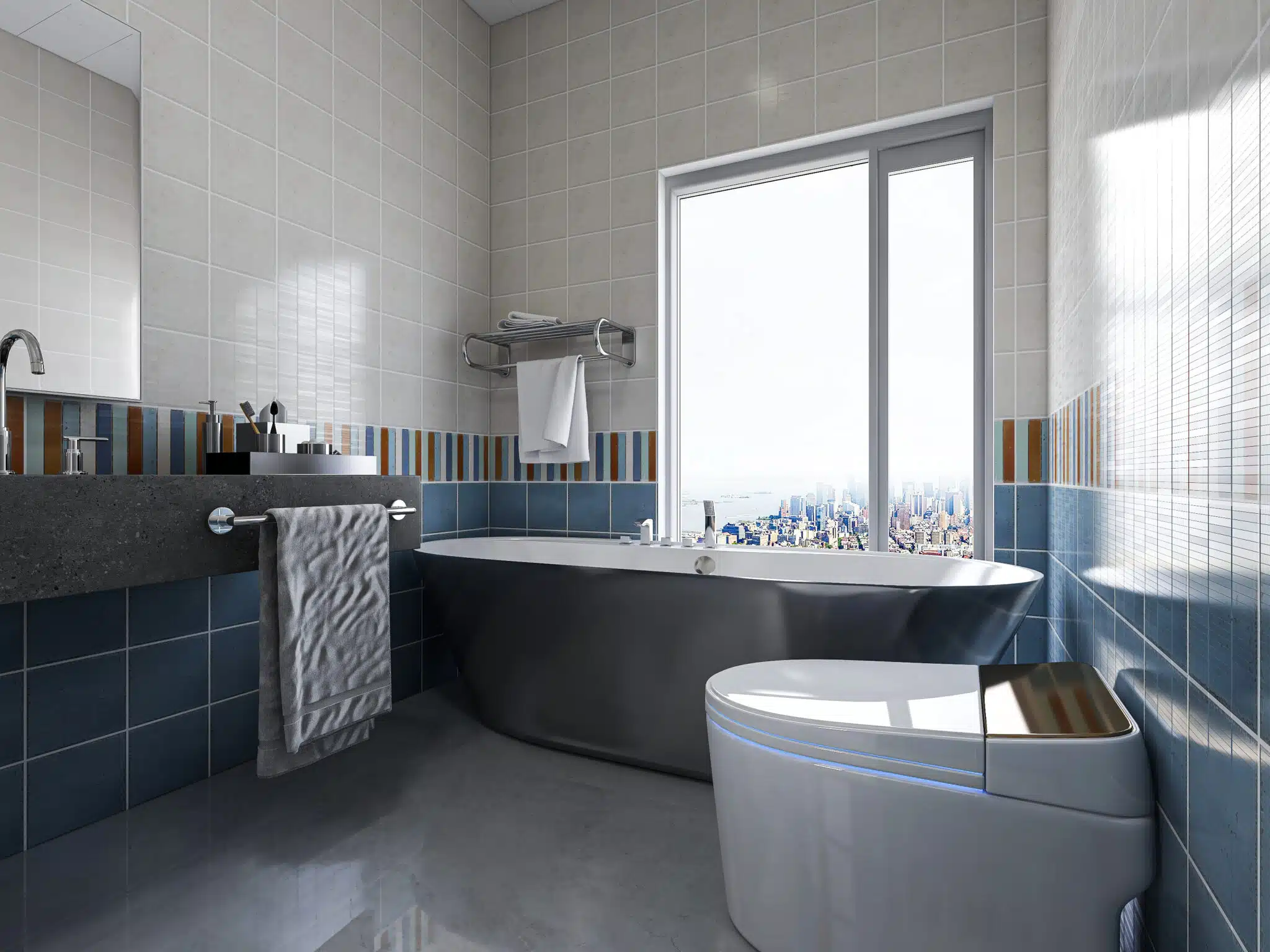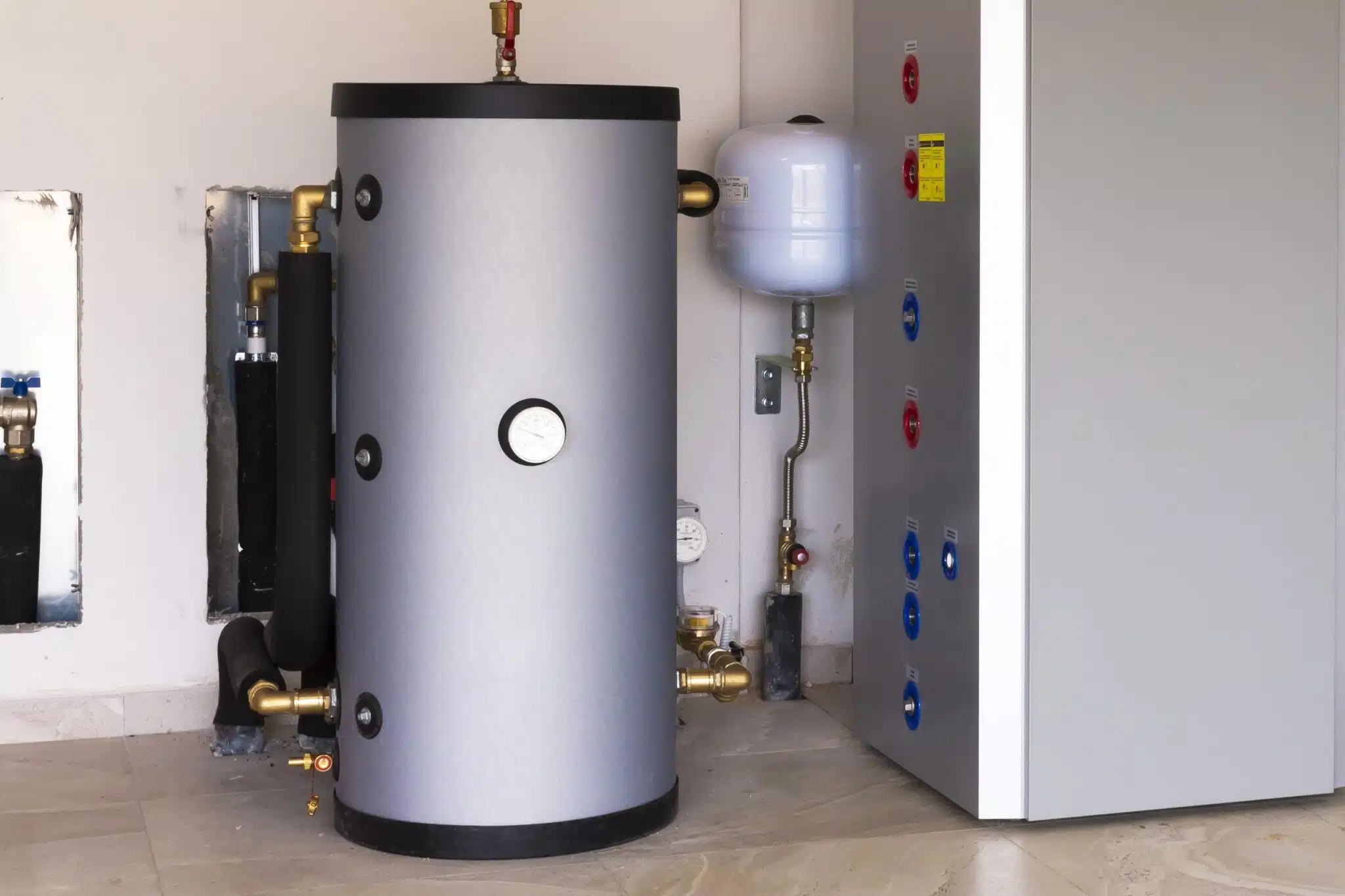Water efficiency is more than just a practical consideration for large households—it is a responsibility. In homes with many occupants, water usage quickly adds up, leading to higher bills and unnecessary waste. By adopting water-efficient practices, families can reduce costs while making a meaningful impact on the environment.
The benefits extend beyond saving money. Every gallon conserved helps protect local water sources, ensuring access for future generations. Efficient water use also supports the fight against climate change by reducing the energy needed to pump, treat, and heat water. For households managing busy schedules, these changes are simple yet powerful ways to embrace sustainability.
December is a perfect time to focus on water efficiency. With holiday activities increasing demand, even small adjustments can save resources and set the stage for a more sustainable future. Together, we can make every drop count.
Importance of Water Efficiency
Water efficiency is not just a conservation effort; it is a commitment to a sustainable and responsible future. In large households, where water usage is naturally higher, prioritizing efficient practices can lead to significant benefits for the home, the community, and the planet.
The stakes are high. Every drop saved reduces the pressure on local water systems, ensuring reliable supplies for everyone. Freshwater resources are not infinite, and with rising global demands, every household action counts. Efficient water use helps preserve rivers, lakes, and aquifers, safeguarding them for generations.
Water efficiency is also an economic advantage. Using water-saving techniques reduces monthly bills and lowers energy costs. This is because less water means less energy spent heating, pumping, and treating it. For large households, these savings can add up quickly, creating both financial and environmental wins.
Beyond the home, the impact is profound. Efficient water practices reduce the carbon footprint associated with water treatment and distribution. By fixing leaks, installing water-saving fixtures, and adopting mindful habits, households actively contribute to the fight against climate change.
Choosing water efficiency is choosing a future where resources are plentiful and ecosystems thrive. For large households, these small, actionable changes hold the power to make a big difference.
Conducting a Household Water Audit
A household water audit is one of the most effective tools for improving water efficiency, especially in large households. By identifying waste and adopting simple yet powerful changes, you can transform how your home uses water. This proactive step not only saves money but also conserves precious resources for future generations.
-
Start with Your Water Bill
Your water bill holds the key to understanding your consumption. Compare usage over the past year to uncover patterns or unexpected spikes. For example, a sudden increase might indicate hidden leaks or seasonal overuse. Tracking this data helps you measure the success of water-saving efforts.
-
Search for Leaks
Leaks can be silent but costly. A dripping faucet or running toilet wastes gallons of water daily. To test for toilet leaks, add food coloring to the tank and wait 15 minutes. If the color appears in the bowl, you have found a leak. Fixing leaks is one of the simplest ways to prevent water waste.
-
Examine Appliances and Fixtures
Outdated dishwashers, washing machines, and water heaters often consume far more water than necessary. Upgrade to water-efficient models with ENERGY STAR ratings to reduce consumption significantly. Additionally, replace old faucets and showerheads with low-flow alternatives, which conserve water without compromising performance.
-
Evaluate Outdoor Use
Outdoor water use is often overlooked but can be a major source of waste. Inspect irrigation systems, garden hoses, and sprinklers for leaks or inefficiencies. Consider using drip irrigation and switching to drought-resistant landscaping to minimize the need for watering.
-
Observe Daily Habits
Sometimes, it is not just the systems but the habits that wastewater. Are taps left running while washing dishes or brushing teeth? Are appliances used for half loads? Encourage simple changes like turning off taps and running full loads, which can yield substantial savings.
A household water audit is more than just a review—it is a call to action. Identifying inefficiencies helps your family reduce waste and protect local water supplies. Every small adjustment made today creates a ripple effect, ensuring a more sustainable and affordable future.
Installing Low-Flow Fixtures
Low-flow fixtures are a small change with a big impact. For large households striving for water efficiency, these modern solutions offer an easy and effective way to reduce water usage without sacrificing comfort or convenience.
The Benefits of Low-Flow Fixtures
Traditional faucets, showerheads, and toilets often waste water unnecessarily. A standard showerhead can use up to 5 gallons per minute (gpm), while low-flow models reduce this to 2 gpm or less. Similarly, older toilets can use up to 6 gallons per flush compared to high-efficiency toilets that use just 1.6 gallons. These savings add up quickly, making low-flow fixtures essential for cutting waste and lowering water bills.
Popular Low-Flow Options
- Low-Flow Showerheads: These fixtures use advanced technology to deliver a powerful spray with significantly less water.
- Faucet Aerators: Inexpensive attachments that blend air with water, reducing flow while maintaining strong pressure for washing hands or rinsing dishes.
- High-Efficiency Toilets (HETs): Available in single-flush or dual-flush models, these reduce water use dramatically, especially in larger households with frequent use.
Environmental and Financial Impact
By reducing household water consumption by up to 30%, low-flow fixtures not only save money but also help preserve local water supplies. The reduced demand for water treatment facilities also cuts down on energy use, contributing to a healthier planet. For large families, the collective impact of these savings is even more significant.
Installing low-flow fixtures is a smart investment in water efficiency and sustainability. These affordable upgrades empower households to take meaningful action toward conserving water, reducing costs, and protecting vital resources for future generations.
Efficient Use of Appliances
The way appliances are used in your household directly affects water efficiency. For large families, where dishwashers and washing machines run frequently, smarter appliance usage is a key strategy for conserving water while maintaining convenience.
Maximize Full Loads
Running appliances with partial loads wastes both water and energy. A half-full washing machine or dishwasher uses nearly the same amount of water as a full one. Waiting for a full load not only improves water efficiency but also extends the lifespan of your appliances by reducing unnecessary cycles.
Invest in Water-Efficient Appliances
Older appliances consume significantly more water than modern, water-efficient models. ENERGY STAR-certified dishwashers and washing machines use innovative technologies to minimize water usage per cycle. Upgrading outdated appliances might seem like a significant investment, but the savings on water bills and the reduced environmental impact make it worthwhile.
Leverage Eco-Friendly Settings
Many modern appliances come with water-saving settings designed to conserve resources without sacrificing performance. Eco-wash modes use less water while maintaining excellent cleaning results. For washing machines, cold water cycles reduce the energy needed to heat water, further boosting overall efficiency.
Perform Regular Maintenance
Well-maintained appliances perform better and use less water. Clean filters and remove debris from washing machines and dishwashers regularly. Check for leaks in hoses and connections, as even small drips can result in gallons of wasted water over time.
Time Your Usage Wisely
Running appliances during off-peak hours reduces pressure on local water systems. Additionally, using cold water cycles reduces the energy demand associated with heating water, making it a double win for efficiency.
Efficient appliance use not only improves water efficiency but also cuts down on utility bills and reduces your household’s environmental footprint. For large households, these changes make a measurable difference, conserving water without compromising convenience.

Outdoor Water Conservation in Clinton Township, MI
Outdoor water conservation is essential for achieving water efficiency, especially in Clinton Township, MI, where the seasons bring diverse challenges. Large households, with their higher water demands for lawns, gardens, and outdoor spaces, can adopt smart strategies that save water, reduce costs, and support the local environment.
Upgrade Your Irrigation System
Outdated irrigation systems waste vast amounts of water by overwatering or spraying areas that do not need it. In Clinton Township’s warmer months, these inefficiencies add up quickly. Upgrading to drip irrigation delivers water directly to plant roots, minimizing evaporation and runoff. Adjust sprinklers to avoid watering sidewalks and driveways and inspect regularly for leaks.
Water During Cooler Hours
Timing makes a significant difference in outdoor water conservation. Watering early in the morning or late in the evening prevents water from evaporating under the midday sun. In Clinton Township, where weather patterns can vary, using rain sensors or timers ensures your irrigation system works only when needed, avoiding unnecessary water waste during rainy periods.
Adopt Drought-Resistant Landscaping
Native plants and drought-tolerant landscaping thrive in Clinton Township’s climate, requiring less water and maintenance than traditional grass lawns. Replace thirsty lawns with ornamental grasses, wildflowers, or shrubs that naturally use less water. Adding mulch around plants retains soil moisture and helps regulate temperature, reducing watering frequency.
Harvest Rainwater for Outdoor Use
Clinton Township’s rainfall is a valuable resource for outdoor needs. Installing rain barrels under your downspouts captures rainwater for reuse. This sustainable practice not only conserves water but also reduces your reliance on municipal supplies. Use collected rainwater for gardens, lawns, and outdoor cleaning tasks.
Use Permeable Surfaces
Traditional pavement contributes to runoff and wasted water. Consider replacing impervious surfaces with permeable materials like gravel, porous pavers, or eco-friendly concrete. These materials allow rainwater to seep into the ground, replenishing local aquifers and reducing strain on Clinton Township’s drainage systems.
By implementing these outdoor water conservation strategies, households in Clinton Township, MI, can make a significant difference. These changes not only lower water bills but also preserve local water resources for future generations, making water efficiency a priority everyone can support.
Fixing Leaks Promptly
Fixing leaks is one of the simplest yet most impactful ways to boost water efficiency. Even a minor leak can waste thousands of gallons annually, putting unnecessary pressure on your wallet and the environment. For large households, addressing leaks promptly is crucial to reducing water waste and saving money.
The Impact of Leaks
A dripping faucet may not seem like a big deal, but it can waste over 3,000 gallons of water every year. Running toilets, often unnoticed, can waste up to 200 gallons a day. These inefficiencies not only spike water bills but also deplete local water supplies, a critical issue in areas like Clinton Township, MI.
Spotting the Signs
Detecting leaks is easier than you might think:
- Monitor Your Water Meter: Record the reading, refrain from using water for two hours, and check again. Any change indicates a hidden leak.
- Test Toilets for Silent Leaks: Add food coloring to the tank. If the color appears in the bowl without flushing, there’s a problem.
- Inspect Faucets and Pipes: Look for drips, rust, or water stains around fixtures and connections.
- Check Outdoor Systems: Examine hoses and irrigation systems for damp spots or trickling water.
Quick Fixes for Common Leaks
- Faucets and Showerheads: Replace worn washers or O-rings to stop drips. Tighten connections to restore proper flow.
- Toilets: Replace a leaky flapper or adjust the fill valve to fix running water.
- Pipes and Outdoor Hoses: Use sealant or clamps for small repairs and call a professional for major issues.
Promptly repairing leaks is an easy step toward improving water efficiency. These small actions have lasting impacts, conserving resources and reducing costs for years to come.
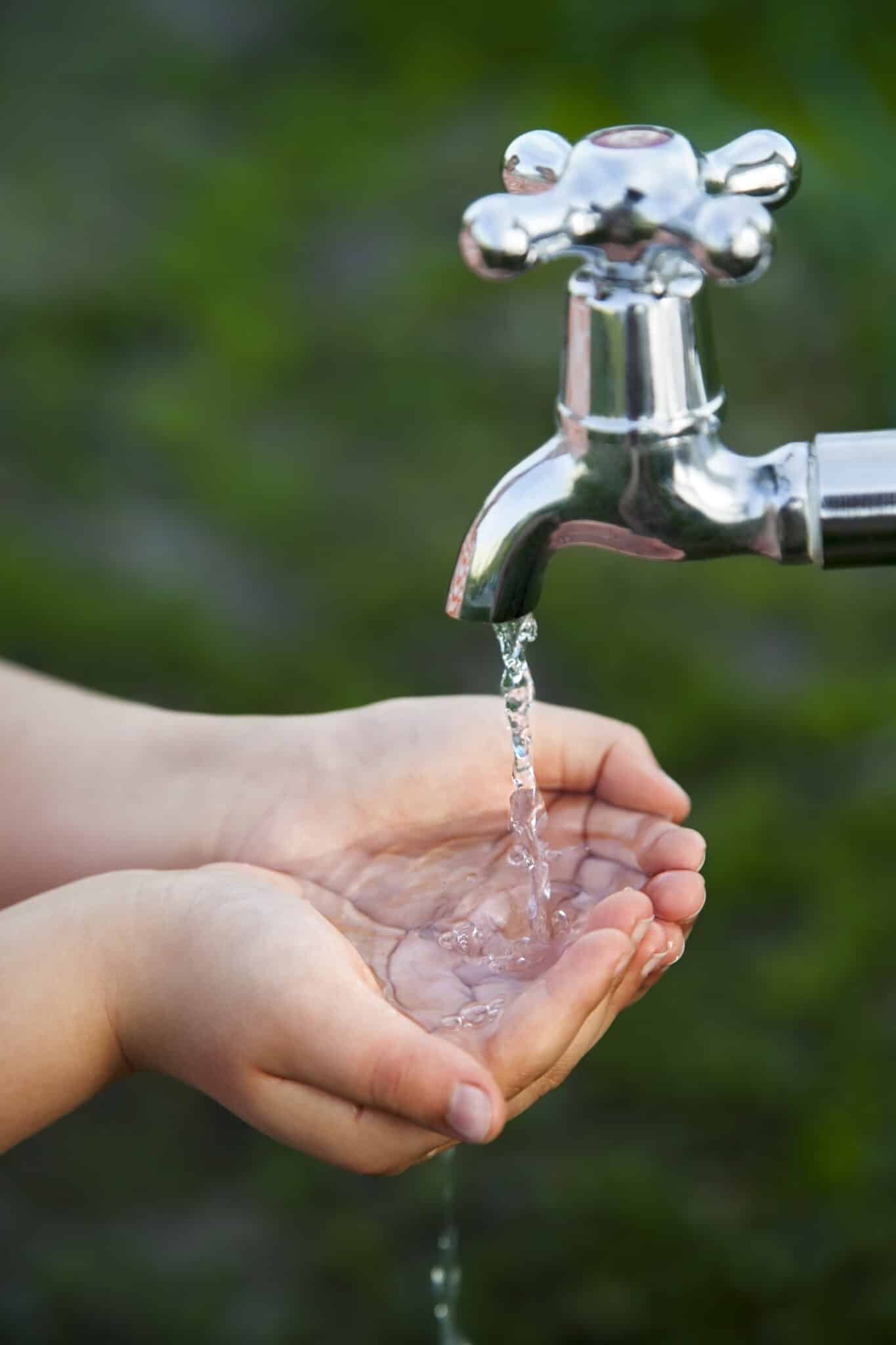
Behavioral Changes for Water Savings
Behavioral changes are among the easiest and most cost-effective ways to enhance water efficiency. For large households, where water usage adds up quickly, small shifts in habits can lead to substantial savings and environmental benefits.
Turn Off Taps When Not in Use
A running faucet wastes up to 2.5 gallons of water per minute. Make it a household rule to turn off taps while brushing teeth, shaving, or scrubbing dishes. This simple habit prevents unnecessary water loss and instills mindful water usage.
Shorten Shower Times
Reducing shower time by just two minutes can save hundreds of gallons per month. Use shower timers to encourage quicker showers. Combined with low-flow showerheads, this habit significantly boosts water efficiency without compromising comfort.
Run Full Loads in Appliances
Dishwashers and washing machines are most efficient when fully loaded. Running them for partial loads wastes water and energy. Plan laundry and dishwashing schedules around full loads to maximize water savings for every cycle.
Report and Fix Leaks Quickly
Leaks are silent water wasters. A dripping faucet or running toilet can waste thousands of gallons annually. Encourage everyone in the household to report leaks immediately so they can be repaired promptly, preventing further waste.
Promote Family Awareness
Water efficiency begins with education. Teach children and adults the importance of conservation. Turn saving water into a family goal, tracking progress and celebrating milestones to reinforce the importance of mindful habits.
These behavioral changes, while simple, create lasting impacts on household water efficiency. By working together, families can save water, reduce utility bills, and contribute to a sustainable future.
Seasonal Considerations: Maintaining Water Efficiency in December
Water usage shifts with the seasons, and December brings unique demands that can impact water efficiency. From freezing temperatures to holiday gatherings, households face increased risks of water waste. With proactive steps, families can conserve water while navigating these seasonal challenges.
-
Prevent Pipe Freezes
Freezing temperatures in December can cause pipes to burst, leading to costly repairs and water loss. Insulate exposed pipes in basements, attics, and outdoor areas to protect them. Allow faucets to drip slightly on exceptionally cold nights to keep water flowing and avoid freezing.
-
Optimize Holiday Water Use
Holiday cooking, cleaning, and hosting lead to increased water demands. Run dishwashers and washing machines only with full loads to maximize efficiency. Remind guests and family members to turn off taps while washing hands to prevent unnecessary waste.
-
Winterize Outdoor Systems
Outdoor water systems require attention during December’s freezing temperatures. Drain and shut off outdoor faucets and hoses to prevent freezing damage. Store rain barrels until spring and redirect gutter runoff to avoid ice buildup in undesirable areas.
-
Monitor Heating and Plumbing Systems
Hot water usage spikes in colder months. Lower your water heater to 120°F to save energy and reduce water waste. Regularly inspect water heaters and plumbing for leaks to maintain efficiency during winter’s extra demands.
-
Encourage Year-End Mindfulness
Use December as an opportunity to promote water-efficient habits. Encourage shorter showers, mindful appliance use, and regular leak inspections. Small changes during the winter months set the foundation for water conservation year-round.
By planning for the seasonal challenges of December, households can improve water efficiency while protecting their plumbing and reducing waste. These small adjustments lead to big savings, even in the busiest months.
FAQS About Water Efficiency
-
How can large households save water without disrupting daily routines?
Start with simple habits like turning off taps while brushing teeth or scrubbing dishes. Encourage shorter showers and run dishwashers or washing machines only with full loads. These small changes fit seamlessly into daily life while significantly improving water efficiency.
-
What are the most common sources of water waste in large households?
The biggest culprits include leaks, inefficient appliances, and overuse during daily tasks like showering or washing. Inspect your home for dripping faucets, running toilets, and outdated fixtures. Upgrading to water-efficient appliances and low-flow fixtures helps address these problems effectively.
-
Are water-efficient fixtures worth installing?
Low-flow showerheads, faucet aerators, and dual-flush toilets can cut water usage by up to 30% without sacrificing performance. These affordable upgrades are quick to install and pay for themselves through lower water bills over time.
-
How can outdoor water usage be reduced?
Use drip irrigation systems to water plants efficiently and switch to drought-resistant landscaping to minimize watering needs. Water outdoor spaces early in the morning or late in the evening to reduce evaporation. Proper maintenance of hoses and sprinklers also prevents unnecessary waste.
-
Where can we learn more about water efficiency?
Explore resources like the EPA’s WaterSense Program and the Alliance for Water Efficiency. Many local utilities offer water-saving guides, rebates, and efficiency kits to help households conserve water effectively.
Achieving water efficiency is easier with expert help. Z PLUMBERZ of Clinton Township, MI, specializes in efficient plumbing solutions tailored to your home’s needs. From repairing leaks to upgrading fixtures, we help large households save water and reduce costs. Take the next step toward a sustainable future—contact Z PLUMBERZ today and let us make your home more water-efficient, one smart solution at a time.



